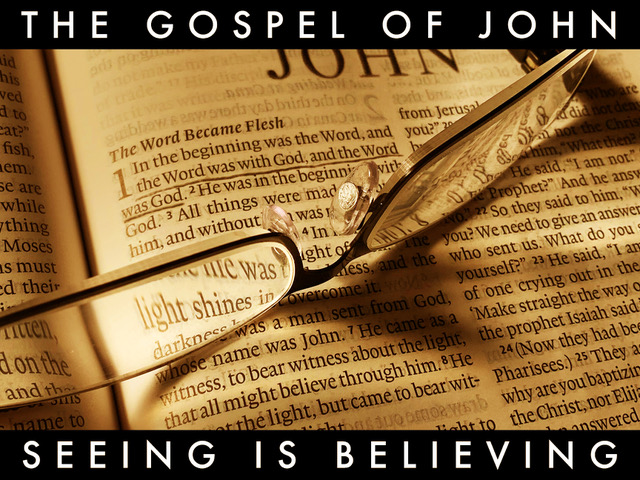
In recent weeks, my sermons on Genesis 3–4 have made much of the fact that the Garden of Eden is found on a mountain. In recounting the drama of Adam, Eve, the Serpent, and the Lord (Genesis 3), as well as Cain and Abel (Genesis 4), I have argued that the topography of Eden plays an important role. For example, when Cain’s face was downcast (Gen. 4:5), I have argued that he is looking down the mountain and away from God. Equally, when God told Cain to look for the sin offering, lying at the door of the Garden, he was calling him to look up the mountain from where his help would come (cf. Psalm 121).
Long story short, the theme of mountains in the Bible cannot be underestimated. Just this morning, I was pondering the way mountains play a role in Matthew (cp. Matt. 4:8; 17:1; 28:16). Maybe I’ll write something on that soon. For now, however I want to help studious Bible readers to see how Genesis 2–4 should be read with topography in mind.
So, in nine strokes, I will attempt to demonstrate why I believe Scripture presents Eden as a mountain sanctuary, and also why this matters for understanding the events of Genesis 2–4 and beyond.
First, the Bible explicitly calls Eden the Mountain of God.
In Ezekiel 28, the Lord addresses the King of Tyre, and in his oracle of judgment, the Lord identifies the wicked king with Adam in priestly garments. In vv. 13–14 he writes,
You were in Eden, the garden of God; every precious stone was your covering, sardius, topaz, and diamond, beryl, onyx, and jasper, sapphire, emerald, and carbuncle; and crafted in gold were your settings and your engravings. On the day that you were created they were prepared. 14 You were an anointed guardian cherub. I placed you; you were on the holy mountain of God; in the midst of the stones of fire you walked. . . .
He continues in verse 16, saying, “so I cast you as a profane thing from the mountain of God, and I destroyed you, O guardian cherub, from the midst of the stones of fire.”
Now, there is debate about who this figure is. Who did God cast down from the mountain? Is it a reference to Adam or to one of the guardian cherubs? That’s a good question, and I generally follow the line of thinking offered by the NET translation.[1] But for now, that question is not the point.
The point at issue is that Ezekiel makes it unmistakable: the Garden of Eden resides on a mountain. And the Prophet of Israel understood it this way because Genesis 2 makes it evident that the Garden stands below the spring of living water (at the top of the mountain) and above the fields, which enjoy the water of four rivers. Continue reading


 Sing to him a new song; play skillfully on the strings, with loud shouts.
Sing to him a new song; play skillfully on the strings, with loud shouts.  What happened was that at the incarnation, while continuing to exist eternally in the form of God, He added to that by taking the form of a servant.
What happened was that at the incarnation, while continuing to exist eternally in the form of God, He added to that by taking the form of a servant. [This post is written by Matt Wood with a little help from me. Matt is a member at
[This post is written by Matt Wood with a little help from me. Matt is a member at  In preparation for Sunday’s sermon on Psalm 32, here are ten things about David’s confession of sin that leads to joyful song.
In preparation for Sunday’s sermon on Psalm 32, here are ten things about David’s confession of sin that leads to joyful song.
 On my shelf I have a Celebration Hymnal: Songs and Hymns for Worship. It was published in 1997, foreworded by Jack Hayford (Pastor of The Church on the Way), and intended to provide “tools for ‘blended worship'” (from the Preface). Consisting of 865 selections, it combines new songs and old hymns, Scripture readings, and even various calls to worship.
On my shelf I have a Celebration Hymnal: Songs and Hymns for Worship. It was published in 1997, foreworded by Jack Hayford (Pastor of The Church on the Way), and intended to provide “tools for ‘blended worship'” (from the Preface). Consisting of 865 selections, it combines new songs and old hymns, Scripture readings, and even various calls to worship. If Scripture stands against our natural and cultural bent towards innovative worship, it also provides a biblical pattern for the kind of worship God requires. Last week I considered the first problem—namely,
If Scripture stands against our natural and cultural bent towards innovative worship, it also provides a biblical pattern for the kind of worship God requires. Last week I considered the first problem—namely,